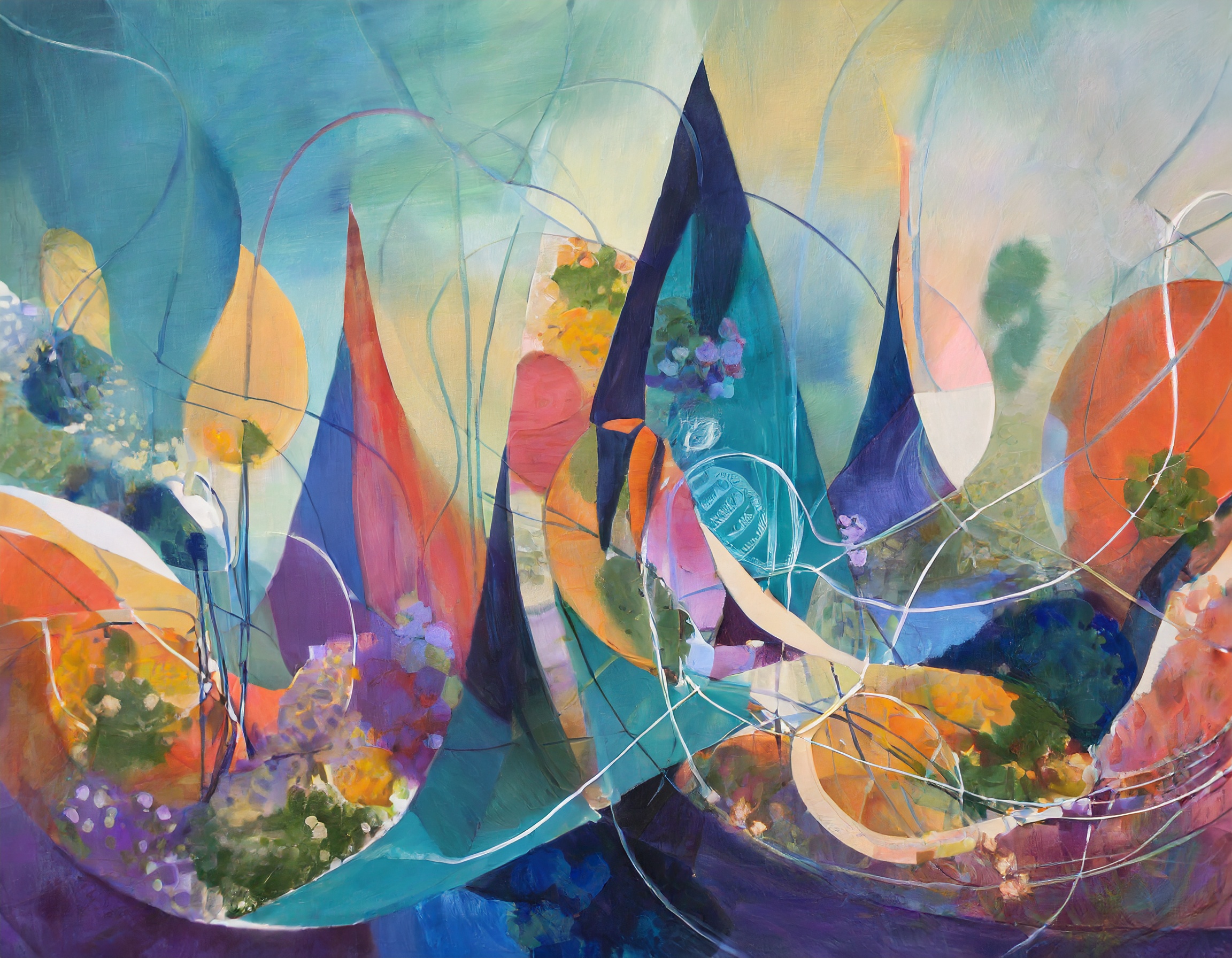Imagine if...
Every meaningful change that has ever come about first existed in imagination. The work of remaking our city is no different. We must imagine boldly today so that the Melbournians of the future take their reality for granted – just like we take for granted so much that was imagined for us, generations ago.

a picture of a slice of wood on a table
“Imagine we are living in an insect-based economy built around a thriving biodiversity, guided by critters and the environments they need. “
“Imagine the price of a tram ticket is a bunch of organic waste, like tree clippings and kitchen scraps wrapped in a leaf.”
“Imagine platypus as policymakers.”
…these are a selection of imagined futures from the Regen Melbourne alliance over the last two years.
These futures might sound a little abstract, but even the most outlandish-sounding visions have merit, if we can allow ourselves the curiosity to seek it out. What if this insect-based economy simply meant that our economic decisions were made with biodiversity front-of-mind, instead of GDP or growth? What if public transport was free for all citizens who participated in a city-wide organic waste composting initiative? What if every business had to have a seat on its board for a legal representative of our environment – whether that be forests, oceans, koalas or platypus?
To move within the Safe and Just Space, where people and planet are thriving in balance, we’re going to need our imaginations. Every meaningful change that has ever come about first existed in imagination. The work of remaking our city is no different. We must imagine boldly today so that the Melbournians of the future take their reality for granted – just like we take for granted so much that was imagined for us, generations ago.
The ‘normal’ of today only exists today because someone was once bold enough to imagine it.
In Greater Melbourne we have a history of imagining what’s possible. In 1856 in Melbourne stonemasons imagined, and believed, work could be different. They walked off the job, demanding better conditions and the beginning of an eight-hour workday movement began. Today, we take the eight-hour day for granted – and we’re beginning to see shifts towards even more flexible working models. Hybrid work, remote work, four-day weeks, nine-day fortnights – all of these things would’ve made about as much sense as platypus policymakers to the stonemasons. Yet here we are.
In 1985 Swanston St was covered overnight in 13,000 square metres of fresh grass to invite a new way to imagine a green public square, a connector corridor in the city taken over by people not cars. This radical act of imagination-at-play posed a simple question: what would our city look like if it was designed for pedestrians instead of vehicles?
And today, all over Greater Melbourne, we’re seeing individuals and organisations build the connections, capabilities and infrastructure we need to keep fostering the collective imaginations of the city.
In Southbank, a Social Imagination and Civic Action pilot is being run in partnership with Hinterland Labs, Centre for Public Impact and City of Melbourne. Recognising the sense of powerlessness the enormity of the challenges we’re facing can bring, they set out to explore the individual and social imagination required to bring a sense of possibility and expansiveness we need in order to act. Localising global practice on imagination to Southbank to explore what imaginations are possible in urban density.
In Footscray, 100 story building is working tirelessly to support the imagination and creativity of young voices. Developing literacy for children through imagination, connection and learning. Across the city in Abbotsford we see similar imagination infrastructure in places like Polyglot Theatre who work with children from all across the city to recognise their imaginations as a discerning audience for all.
And of course arts and culture has a gigantic role to play when it comes to inviting us to consider new possibilities, and ways of seeing and being in the world. RISING has in recent years taken over our city for an extended period of radical imagining, and begs a beautiful question: how can we better embed art and play into our city to promote joy, curiosity, love and awe at all times?
From the gold rails at Flinders Street Station to the steps of the State Library of Victoria and the ledges beside Melbourne Aquarium, Melbourne is known as an iconic skateboarding destination globally. You might not think of Melbourne’s skateboarders as pioneers of regeneration, but their playful reimagining of our urban spaces has been turning cold slabs of concrete and metal into globally-recognised pieces of art for decades, and has resulted in some of the world’s biggest brands and skateboarding contests come here to shine a spotlight on our otherwise unloved urban nooks.
In Melbourne, imagination is everywhere. We are at heart a playful and creative community, and the work ahead of us will demand that we don’t just lean into those strengths, but centre them in all we do. A new normal is ours for the making – and it’s our responsibility now to imagine a place so bold, beautiful, connected, equitable and regenerative that future generations might have the opportunity to take it for granted.
In the City Portrait, the collective ambition has been set for a regenerative Melbourne to be centred on imagination and creativity to encourage and facilitate wonder, curiosity and innovation. Right now, we’re falling short on these measures.
Luckily though, Greater Melbourne has imagination in its DNA. And in any case, platypus might make brilliant policy makers, if we give them half a chance.